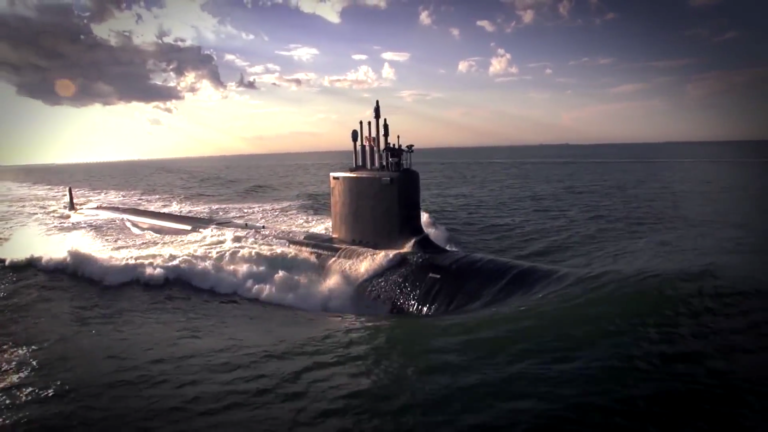Defense Modernization Plans Through the 2020s: Addressing the Bow Wave
Defense Outlook Series

Report Summary
Since the enactment of the Budget Control Act (BCA) of 2011, much attention has been paid to the near-term effects of budgetary constraints on national defense. What has received less attention are the looming budgetary challenges defense faces beyond the BCA budget caps and the Defense Department’s five-year budget planning horizon. Many weapons programs will be at or near their peak years of funding requirements at roughly the same time in the 2020s, creating a modernization bow wave. Just as a large bow wave slows a ship by diverting its energy, carrying a large modernization bow wave is a drag on defense because it leads to program instability and inefficient procurement practices that weaken the buying power of defense dollars.

Current plans for major acquisition programs appear to follow the typical pattern of a modernization bow wave, with funding projected to increase by 23 percent from FY 2015 to the peak in FY 2022. However, this modernization bow wave is not evenly distributed across the Services and defense-related agencies. Much of the projected increase in modernization funding is driven by Air Force aircraft modernization programs, which are projected to nearly double in costs and account for nearly half of the overall bow wave increase. In contrast, Navy and Marine Corps modernization funding remains relatively flat through the early 2020s and then declines in the later part of the decade, driven mainly by a decline in aircraft procurements. The Army’s budget for major acquisition programs is projected to increase 28 percent in real terms from FY 2015 to the peak in FY 2022, with notable bow waves in funding for ground and communications systems. However, these increases are balanced in part by a sharp reduction in Army aircraft procurements, and the total magnitude of increase in Army funding for major programs dwarfs in comparison to the increase in Air Force major programs.
The report provides an opportunity for the new administration taking office in 2017 to better align modernization plans with defense strategy.
This CSIS report details the plans for major acquisition programs over the next fifteen years and explores the complicating factors that may make the situation more problematic for policymakers. It analyzes a range of options to mitigate the bow wave, including increasing the budget, cutting additional force structure, and making trades among major acquisition programs. The report finds that while none of the choices available are easy, it provides an opportunity for the new administration taking office in 2017 to better align modernization plans with defense strategy.
